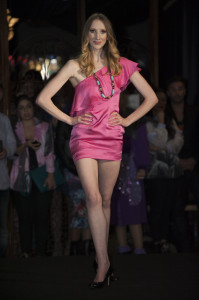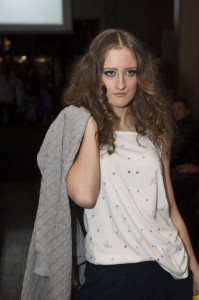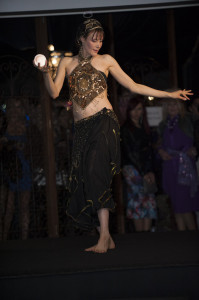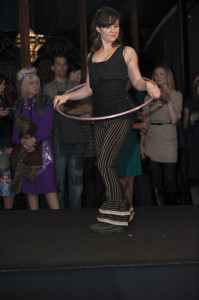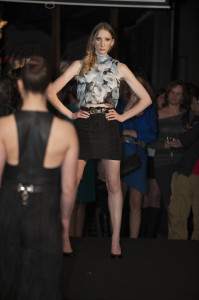Welcome to our new web and blog site. Here’s where I like to discuss the experiences of being a working photographer; the gear, the happenings, the techniques, the issues we all face, all working photographers. I’ve found that reading other photographers’ blogs and the hundreds of hours of video tutorials and behind the scenes videos I watch that I’ve learnt so much myself. So here’s where I contribute to that conversation.
In mid 2013, we photographed a fashion parade held in a Melbourne night club (http://www.rahbar.com.au). We were engaged by the event organiser with the brief to capture the fashion parade and the behind the scenes activities. Night clubs are not fantastic locations to shoot a fashion parade, but you work with what you’ve got. They typically have low and dark ceilings, poor lighting and restricted access. Here’s how we approach these issues when shooting an event like this:
- Low & Dark ceilings – Not the greatest for bouncing your flash off. Having a camera that has better low light capability is a must. That is when you turn up the ISO to 1600 and above, though the amount of noise (grain) in the image is less than more. Having a higher power flash is also useful but needs consideration as to the flash recycle time, battery needs and be mindful of burning your flash out. Dark ceilings can bring benefits in allowing some directional control of the light, and we always look at what walls are available for such use. There may be a white wall ready to bounce a flash off. We’ll sometimes use on-camera flash modifiers, such as small soft boxes, like the Gary Fong Lightsphere or Lumiquest products. Personally, I often enjoy the results from simply using the supplied plastic diffuser and shooting using the bell method – that is, when the flash is pointed vertically and sends the light towards the ceiling, with a little spilling forward.
- Poor lighting – Night clubs have a mix of lighting and it’s never very useful for photographing or filming live events. Lights point in all directions and have a range of colours, a wide range of temperature – we are talking white balance, kelvin here. It’s often about finding angles and locations in the club that work for you as the photographer. Over the years, I’ve tried everything from auto white balance to fixing it in camera, often with varied results. I’ll always shoot RAW file so in post production I’ll always have a better chance of making corrections if needed. I know many shooters like aperture priority mode due to the constant changing lighting. I’ve tried this, and other methods, but always come back to shooting in manual. Aperture effects the exposure and your shutter the ambient light.
- Restrictions – Environmental constraints, such as the layout of the club, or those imposed by the event organiser or venue operator. Having unrestricted access to all areas is clearly best, as then you only need to deal with the layout. With this particular fashion parade I was able to set up at the end of the runway. While not ideal, due to the layout, I also had to deal with guests and their point and shoot or DSLRs, as well as other photographers attending on the night. You can always tell the other professionals from the guests with good cameras and it’s not just because of their gear – it’s the way they behave and the respect for the space of other photographers while determining from where they want to shoot themselves. I remember a guest at one event complaining I was getting in their way. I had to tell them – politely, with respect – that I was paid to be there on behalf of the event organiser and was hired to fulfill a certain brief. It’s essential to try and work together with other photographers.
Photographing a fashion parade can be challenging, it requires a need to think ahead about the obstacles that need to be overcome. And fast glass goes a long way to help. Lenses that have constant F-stops through various focal lengths. Usually you’d be shooting F4 or lower for run way shots, higher for group shots after the event. And the other lesson learnt from shooting these kind of events? Travel light if you can – you may not always be able to keep a close eye on your equipment bag and there isn’t always a safe plash to stash it.
